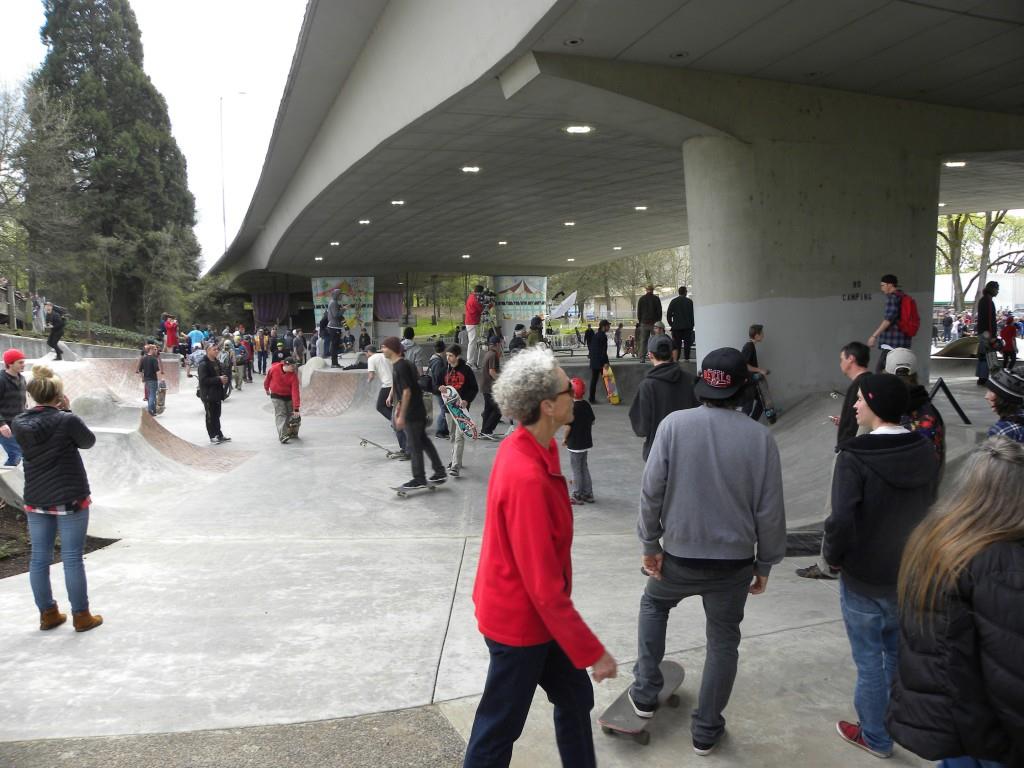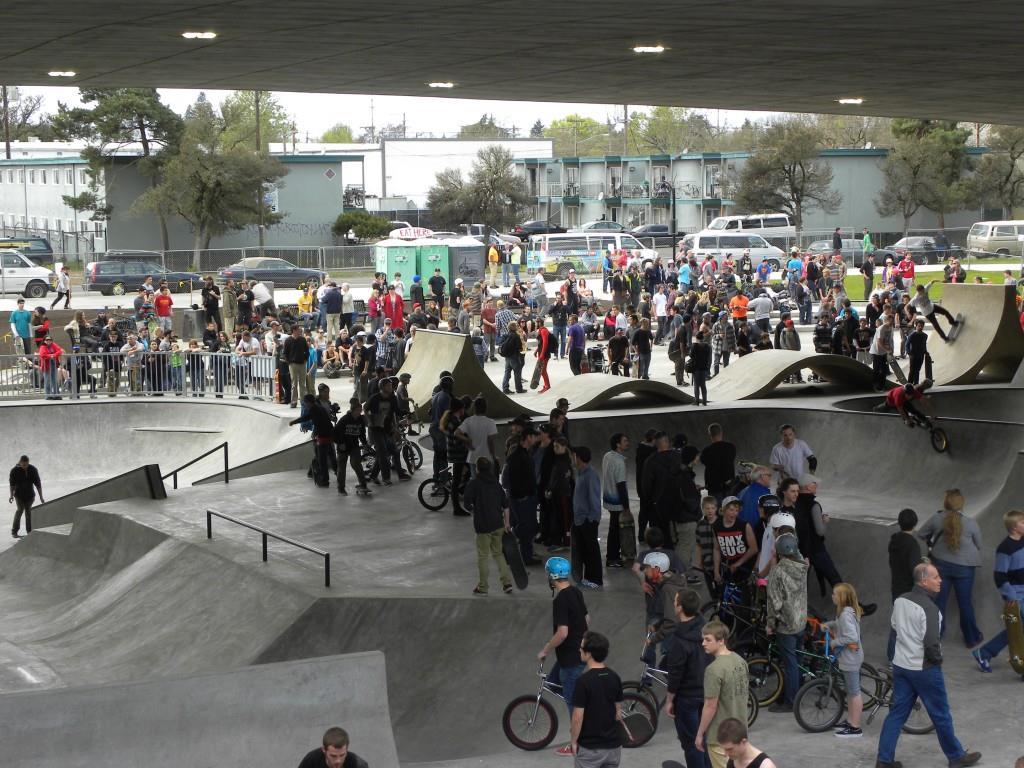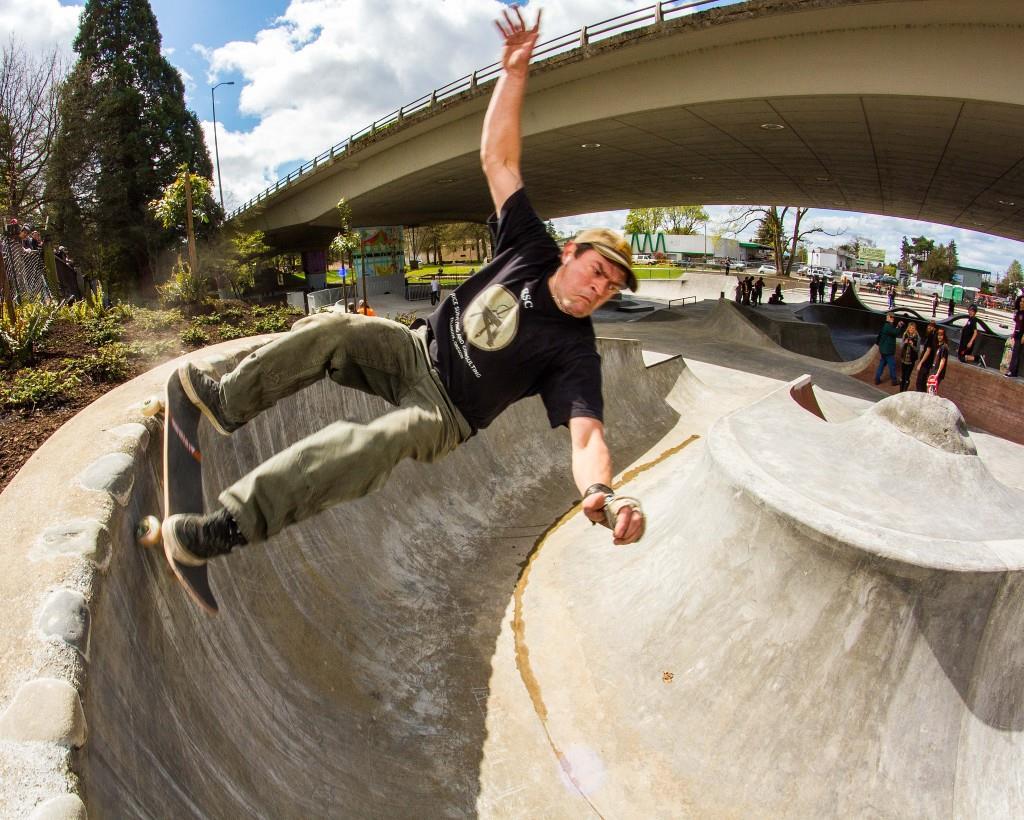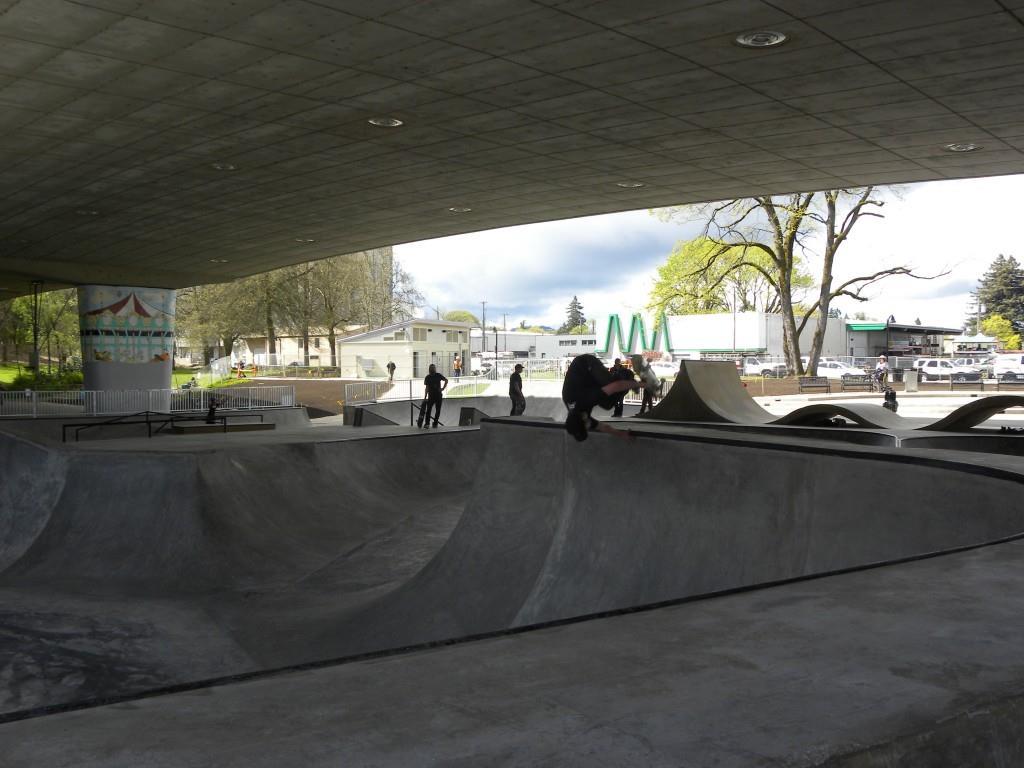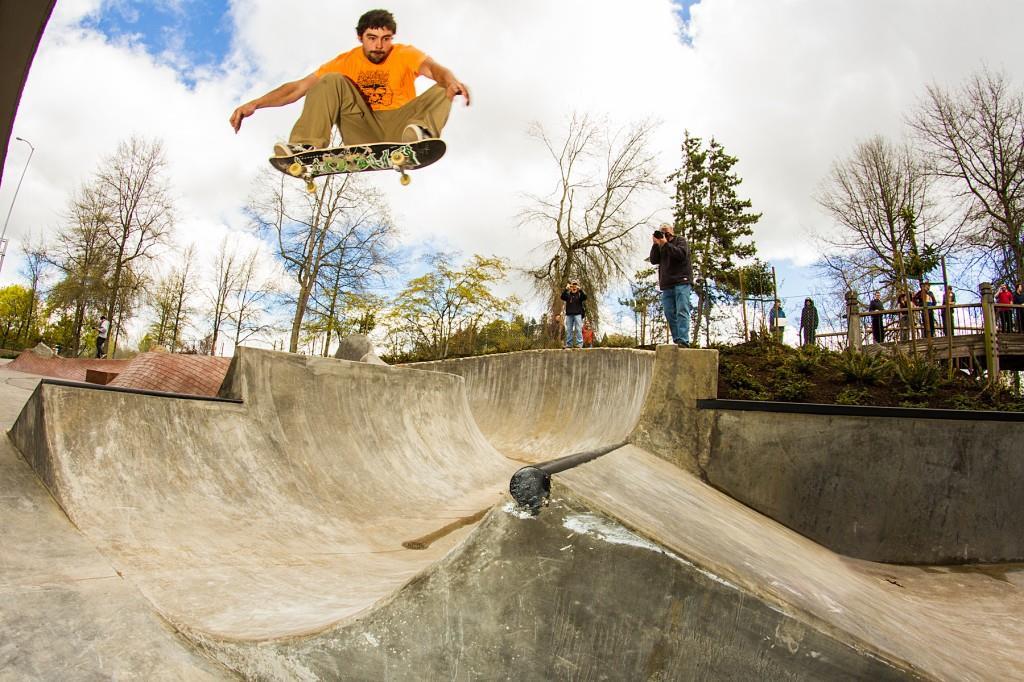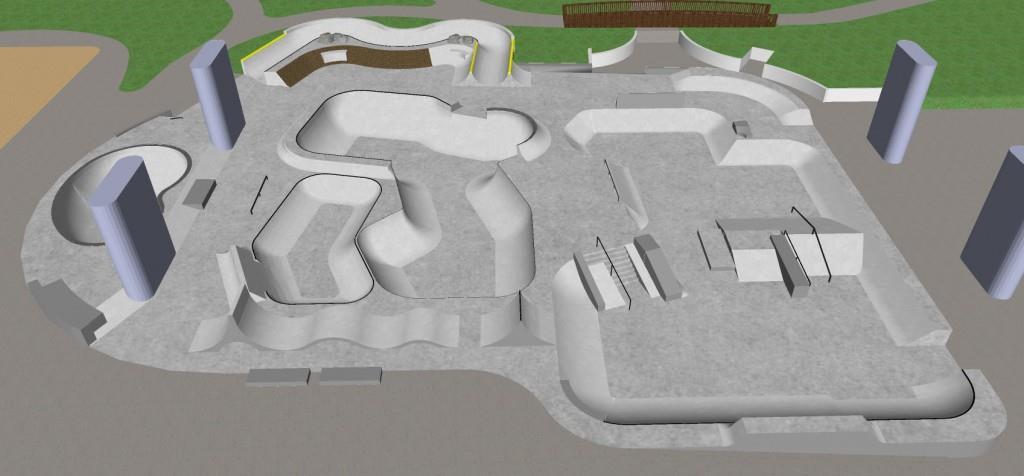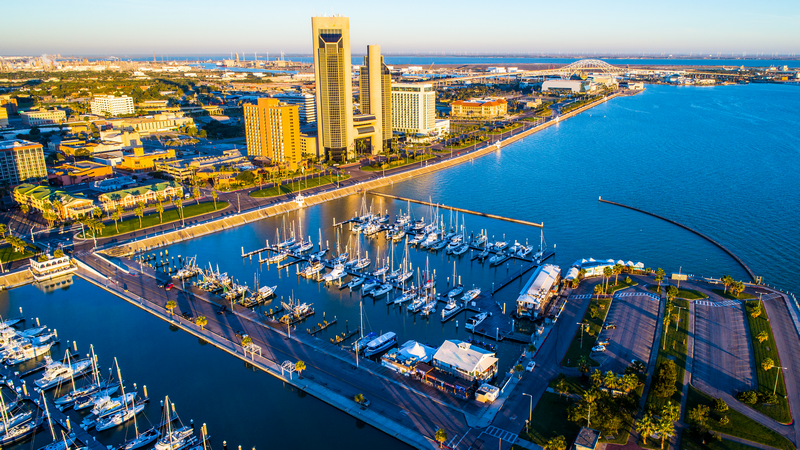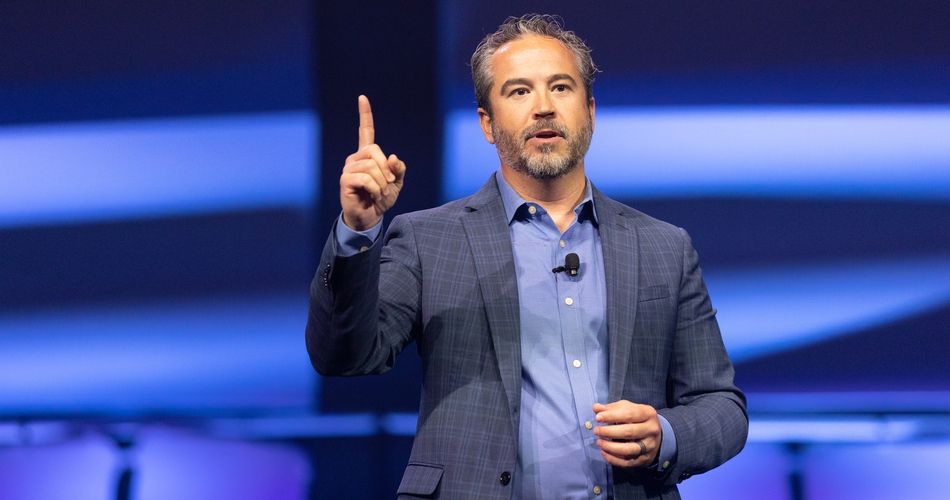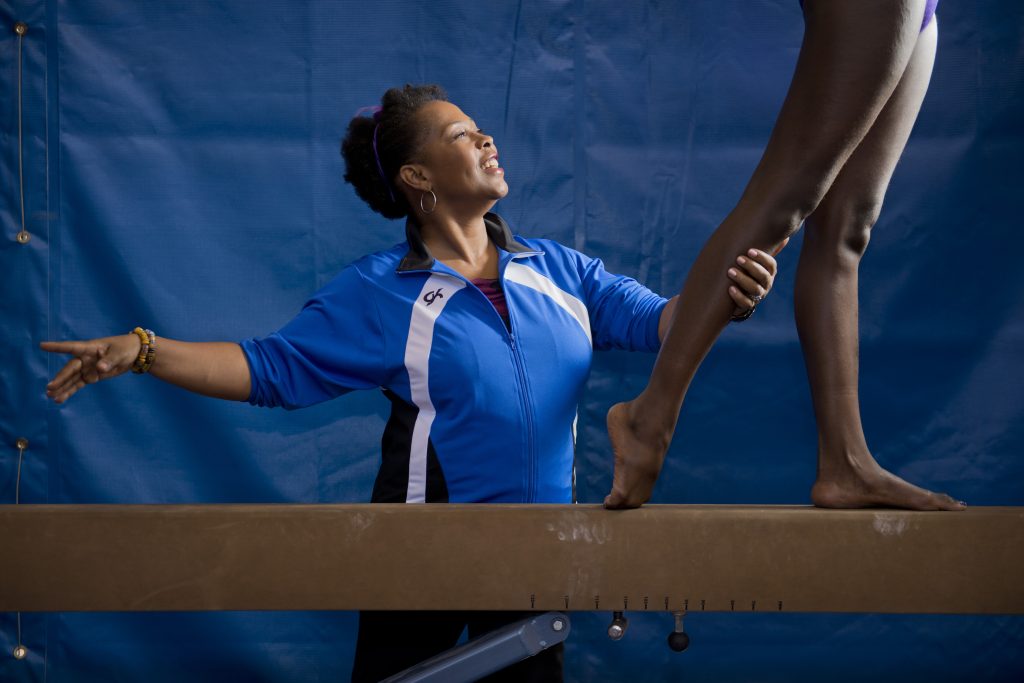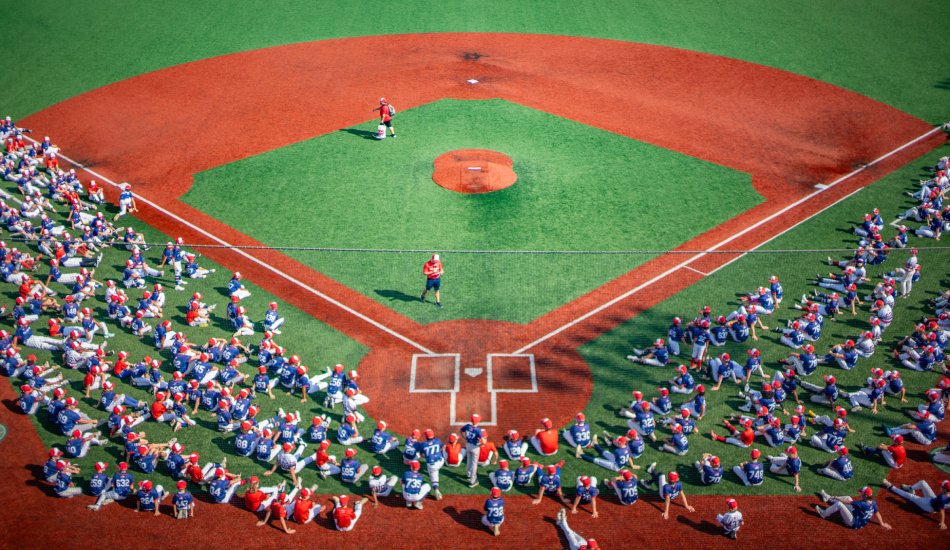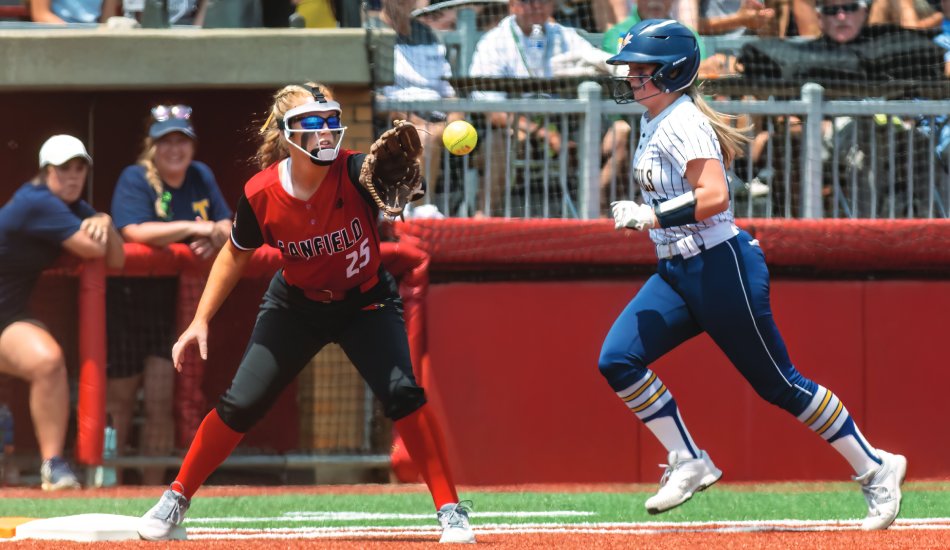The new WJ Skatepark in Eugene, Oregon is the largest covered and lit skatepark in the United States, spanning 23,000 square feet. Dreamland Skateparks—one of the most well respected names in skatepark design and construction—created a mix of street- and tranny-style skating that includes unique skateable art, including a “snake run,” “ribbon” and areas highlighted with granite and brick.
WJ Skatepark will primarily host recreational skating and skate competitions (one will be held for the grand opening in late summer 2014), but the Urban Plaza appeals to the entire community. The plaza provides ample seating and space for events, Wi-Fi and vendor pads for food carts, creating the potential for a variety of events. Here are other factors that make Washington-Jefferson Skatepark stand out:
Ideal Location
WJ Skatepark sits underneath the Washington-Jefferson Bridge and is just minutes from downtown. Not only is this skatepark protected from rainy weather by the overhead bridge, but its location is easily accessed by public transportation (LTD Bus 51 – Santa Clara/Eugene Station).
This is a larger skatepark that is more centrally located than existing smaller skateparks in the north, south and west of town, resulting in a more sought-out skating tourism destination.
More Recreation
Washington Jefferson Park also features horseshoe pits, a basketball court, public art and picnic tables.
The City of Eugene took this as an opportunity to enhance the rest of Washington Jefferson Park, adding new restrooms, paths, bike racks, drinking fountains, energy-efficient lighting and renovations on existing infrastructure.
Room for Expansion
A common complaint among skatepark managers is that they do not build their skateparks large enough to meet demands. In the Washington Jefferson Park area, there is a lot of underutilized land—covered and uncovered—where skateable terrain could be built to accommodate the growth in skateboarding participation.
Funding and Donation
The original petition was submitted to the Eugene City Council in 2004. After a decade of work, the total project cost approximately $2.5 million dollars ($2.2 million from the City of Eugene, $175,000 from a State Park and Recreation Department grant, and $150,000 in donations raised by Skaters of Eugene Skateparks, The Downtown Eugene Rotary and Eugene Parks Foundation). Although the park officially opened on April 4, 2014, Eugene businesses continue to provide funds in any way they can. Restaurants, jewelry stores, coffee shops and others from the community volunteered to donate a percentage of their sales on a specific day to the WJ Skatepark.
The WJ Skatepark celebrated its April 4 soft opening with hundreds of skaters, BMX bikers (allowed with plastic pegs and pedals), scooter riders and roller skaters on hand. The official grand opening took place June 21 (click to see how well this went!) to coincide with National Go Skateboarding Day. It was a full-day celebration with lessons, demos, a competition, a DJ, two bands, a bike polo tournament, a three-on-three basketball tournament and dozens of vendors for food, services and products. There was a brief dedication of the park to show appreciation for those who designed and built this park as well as community supporters.
Eugene has a lot more to offer sports planners:
Check Out Eugene
